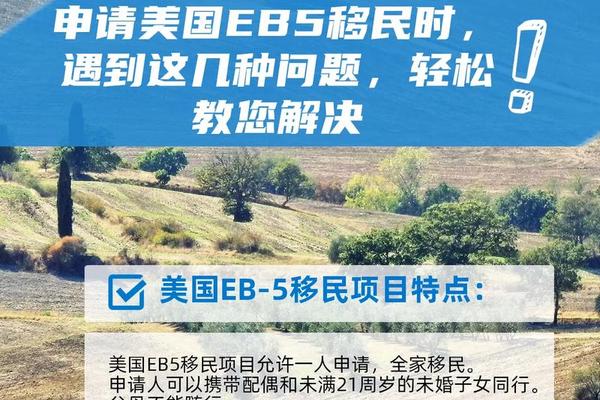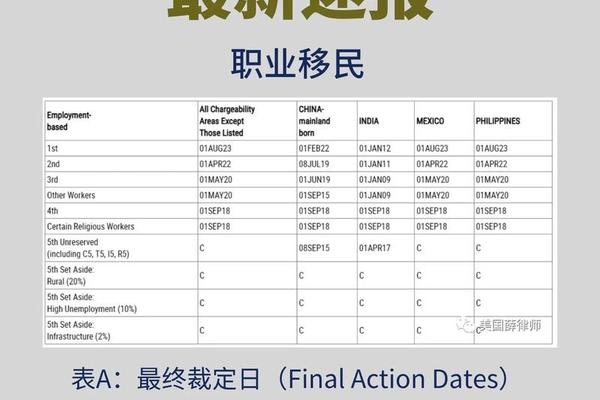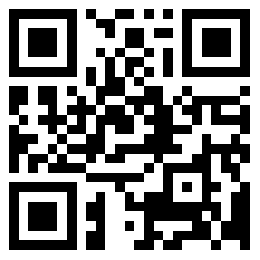Yes, ordinary individuals can immigrate to the United States through various pathways, depending on their qualifications, resources, and circumstances. Below is an overview of common immigration options available to non-elite applicants, supported by key policies and requirements as of 2025:
1. Family-Based Immigration
If you have close relatives who are U.S. citizens or green card holders, you may qualify for family-sponsored visas:
Immediate Relatives (IR category): Spouses, unmarried children under 21, or parents of U.S. citizens (no annual quota limits) .
Family Preference (F categories): Includes unmarried adult children, siblings, or married children of U.S. citizens, though these categories often involve long wait times (e.g., 5–20 years depending on the country and relationship) .
2. Employment-Based Immigration

For those with job offers or specialized skills:
EB-3 Visa: Targets skilled workers, professionals, and unskilled laborers. Requires a U.S. employer sponsor and a labor certification. Wait times vary by country (e.g., 3–12 years for Chinese applicants) .
EB-2 National Interest Waiver (NIW): For professionals with advanced degrees or exceptional abilities. No employer sponsorship is required if applicants can prove their work benefits U.S. national interests .
3. Investment Immigration (EB-5)
Suitable for individuals with sufficient financial resources:
Minimum Investment: $800,000 in a Targeted Employment Area (TEA) or $1.05 million in non-TEA projects.
Key Advantage: As of 2025, EB-5 "reserved visas" (e.g., rural or infrastructure projects) have no backlog, allowing faster approval (potentially within 1–2 years) .
4. Diversity Visa Lottery (DV)
The U.S. allocates 55,000 visas annually via a random lottery for nationals of underrepresented countries. Note: Mainland China and India are excluded due to high past immigration rates .
5. Special Categories

Asylum or Refugee Status: For those fleeing persecution, though strict eligibility criteria apply.
EB-4 Religious Workers: Limited to clergy (e.g., priests, ministers) after policy changes in March 2025, excluding non-minister roles .
Key Challenges for Ordinary Applicants:
Backlogs and Policy Uncertainty: Employment-based categories like EB-3 face long wait times, especially for Chinese and Indian nationals. Proposed policies under "Project 2025" threaten to halt applications in backlogged categories .
Financial and Documentation Requirements: EB-5 demands substantial funds with legal sourcing proof, while employment visas require employer cooperation and labor market tests .
Conclusion:
While U.S. immigration is accessible to ordinary individuals, success depends on selecting the right pathway, thorough preparation, and navigating complex policies. Options like family sponsorship, EB-3, or EB-5 (with reserved visas) are viable for non-elite applicants, but proactive planning and professional guidance are critical .





